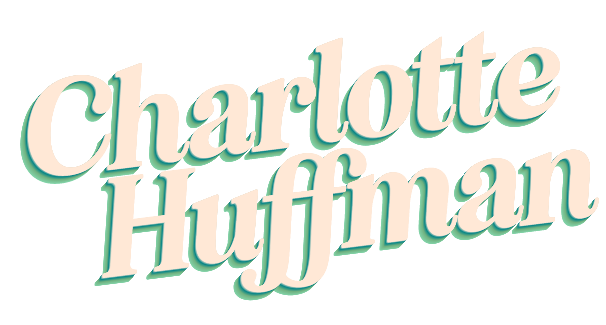When eLearning Becomes a Business Strategy (Not Just a Course)
When people think of eLearning, they often picture compliance modules or corporate training. But small businesses are using learning design, too — not just to teach, but to grow.
This year, I partnered with Laura Campagna, an astrologer, teacher, and tarot reader, to design an interactive mini-course that doubled as a business-growth strategy.
Laura had a clear challenge: her live courses were popular but limited by time, geography, and the number of participants she could serve. She needed a way to scale her impact without losing authenticity.
The result?
The Intuitive Tarot Mini-Course — a four-card spread experience that blended meditation, reflection, and interactivity into a seamless, branded eLearning product.
From Intuition to Strategy
Before opening Articulate Storyline, we started with a business conversation.
“What do you want learners to do differently after this course — and how will that support your long-term goals?”
Together, we identified two measurable objectives:
Reach new audiences beyond her current student base.
Validate demand for a full, paid course through a free mini-course pilot.
We set a benchmark: within 52 days, achieve 50 course completions and 5 waitlist sign-ups — a 10% conversion target to test market viability.
That metric shaped every learning decision.
We used Cathy Moore’s Action Mapping to define the real-world actions learners would take: pulling cards, trusting intuition, synthesizing insights, and recording reflections.
In other words, every design choice had a strategic purpose — to drive both learner growth and business data.
Building a Scalable Experience
Once the framework was clear, I designed the experience in Articulate Storyline 360 using JavaScript, Photoshop, Canva, and MindMeister for early mapping.
Learners moved through an intuitive, branded flow:
A guided meditation to set intention.
A four-card spread simulation with randomized prompts drawn from a bank of ten.
Built-in reflection fields where learners recorded their insights and synopses.
A custom JavaScript integration that automatically generated a downloadable branded PDF summary, complete with their reflections — a takeaway that deepened learning and reinforced Laura’s brand.
At the course’s close, learners were invited to book a live session, join the waitlist, or share their reflection deck — creating organic touchpoints between learning experience and business funnel.
The Results
Within weeks of launch, the mini-course attracted both returning clients and brand-new learners discovering Laura online.
It:
Expanded her reach globally,
Generated new client leads,
Freed her time for high-touch offerings, and
Validated her audience’s appetite for a larger, paid course series.
And all of it began with a learning experience designed around business data — not guesswork.
Why This Matters for Learning Design
This project reminded me that great learning design is also great business design.
Whether the “client” is a global nonprofit, a corporate training team, or a solo entrepreneur, the same principles apply:
Define the business goal.
Design for action.
Deliver measurable outcomes.
As learning designers, we’re not just creating content — we’re creating leverage.
We help organizations turn expertise into scalable systems, human insight into interactive experiences, and curiosity into conversion.
That’s the difference between a course and a strategy.
The Big Picture
The Intuitive Tarot Mini-Course reminded me why I love this work.
Thoughtful eLearning can:
Build community,
Strengthen brand identity,
Create new revenue streams, and
Empower learners to act — not just consume.
That’s where creativity meets strategy.
And that’s the kind of learning design I bring to every project I take on.
If you’re exploring how eLearning can grow your organization — or you’re looking for a designer who blends strategy, creativity, and measurable impact — I’d love to connect.




